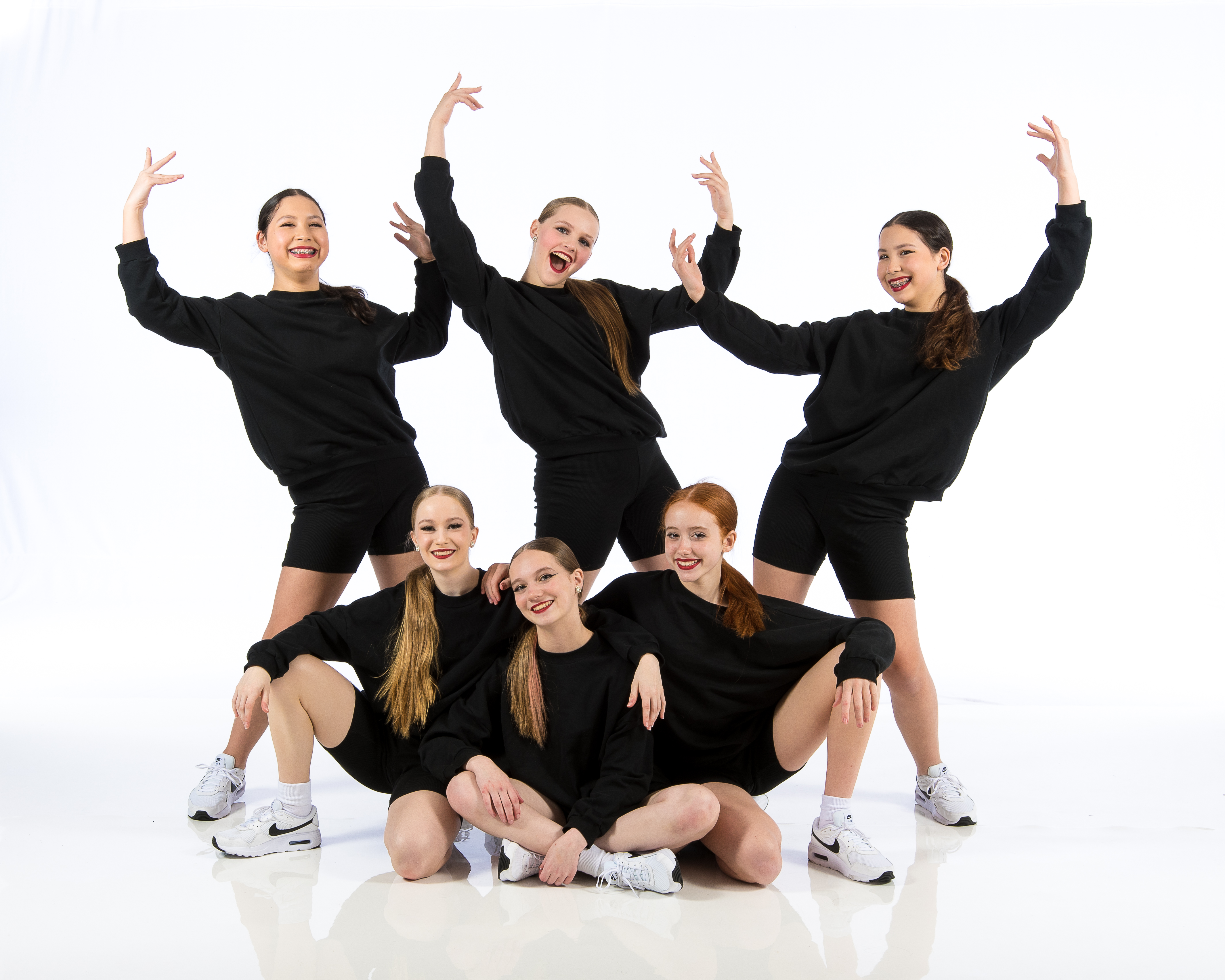Introduction: The Importance of a Dedicated Dance Space
For aspiring dancers, whether you're a novice just starting or an experienced performer honing your craft, having a dedicated space to practice is essential. Imagine stepping into your very own Ballet Dance Studio—a sanctuary that inspires creativity, discipline, and growth. In this article, we will dive deep into the nuances of Creating a Home Practice Space for Aspiring Dancers. We’ll explore everything from selecting the right area to enhancing the ambiance with mirrors and Click for more lighting. Let’s embark on this Ballet Dance Academy journey to transform your home into your personal dance haven.
Creating a Home Practice Space for Aspiring Dancers
Creating a home practice space involves more than just finding an empty room. It requires careful thought about layout, equipment, and atmosphere. A well-designed space can dramatically improve your focus and motivation. Here are some key elements to consider:
Choosing the Right Location in Your Home
Assessing Available Spaces
When considering where to set up your dance studio at home, look for areas that offer ample room for movement. This could be a spare bedroom, basement, or even a spacious living room.
Flooring Matters
The type of flooring you choose can greatly impact the quality of your dance practice. Ideally, you want a surface that provides some give but isn't too slippery. Hardwood floors or high-quality laminate are often great choices.
Setting Up Your Dance Area
Clearing Clutter
Before setting up your practice space, clear out any unnecessary items that could become distractions or create hazards while dancing.
Mirrors: A Dancer's Best Friend
Installing mirrors on one wall is crucial for self-correction and improves body awareness as you dance. If full-length mirrors aren't feasible, consider smaller wall-mounted options.
Lighting: Creating the Perfect Atmosphere
Natural vs. Artificial Light
Ideally, choose a location with natural light during daytime hours. However, if that's not possible, invest in soft lights that mimic daylight to avoid harsh shadows.
Adjustable Lighting Options
Dimmers can help create different moods depending on what you’re practicing—whether it’s an energetic jazz routine or a soothing ballet piece.
Incorporating Equipment for Efficient Practice
Barres: Essential for Ballet Training
If ballet is part of your training regimen, installing a barre will provide support during warm-ups and exercises.
Sound System: Setting the Rhythm
A good sound system allows you to play music effortlessly while dancing. Consider Bluetooth speakers for convenience.
Designing Your Ideal Dance Studio Environment
Wall Colors and Decor Choices
Color Psychology in Dance Studios
Opt for calming colors like soft blues or greens to create an inviting atmosphere that promotes focus and serenity.
Personal Touches
Hang inspirational posters or photos of dance icons around your studio to keep motivation levels high!
Temperature Control: Keeping It Comfortable
Heating and Cooling Solutions
Make sure the temperature in your practice space can be easily adjusted based on seasonal changes; it’s vital for keeping muscles warm during practice sessions.
Developing Your Daily Routine in Your Home Practice Space
Establishing Consistency
Setting Specific Goals
Outline what you want to achieve each week—whether mastering new choreography or improving flexibility—and stick to it!
Regular Scheduling
Create a dedicated time slot each day or week specifically for practice; consistency builds discipline and progress over time.
Incorporating Warm-Up Routines
Importance of Warming Up
Integrate dynamic stretches before jumping into rigorous routines; this helps prevent injuries and prepares the body for movement.

Utilizing Technology in Your Home Dance Studio
Online Classes and Tutorials
Accessing Resources via Apps
Many dance academies offer online classes tailored for different skill levels—consider subscribing to one!
Recording Yourself: Analyzing Progress
Using Video Tools for Improvement
Set up your phone or camera to record sessions so you can review them later; this technique allows you to identify areas needing improvement effectively.
Staying Motivated While Practicing at Home
Creating an Inspirational Playlist
Music Selection Can Make A Difference
Compile playlists filled with songs that energize you! Music sets the tone for practice sessions and keeps spirits high.
Finding Online Communities of Dancers
Engaging with Others Virtually
Join online forums or social media groups where fellow dancers share tips; these interactions can provide accountability and encouragement during solitary practices at home.
FAQs About Creating a Home Practice Space
What size should my home practice space be?
Ideally, it should allow enough room to move freely without restrictions—around 10 feet by 10 feet is typically sufficient.
Do I need professional flooring?
While ideal flooring mimics studio conditions (like sprung wood), many dancers successfully train on hardwood or laminate surfaces as long as they are safe and appropriate.
How do I maintain motivation when practicing alone?
Set clear goals, establish regular routines, listen to engaging music, and connect with other dancers online!
Can I use my living room as a practice space?
Absolutely! Just ensure there's enough space cleared out so you're free from obstacles while dancing.
Are there any affordable alternatives for barre equipment?
You could use sturdy furniture like kitchen counters or heavy chairs if professional barres aren’t within budget yet!
li6/ol1/hr7hr7/##
Conclusion: Transforming Your Passion Into Reality
In conclusion, creating an effective home practice space is pivotal in nurturing aspirations as a dancer—be it through establishing structure with equipment like barres or ensuring proper lighting conditions pave the way toward growth! By following this guide on “Creating a Home Practice Space for Aspiring Dancers,” you're taking significant steps toward fostering both skill development and artistic expression within yourself—all from the comfort of home sweet home!
Ultimately remember: every great dancer started somewhere—so why not begin right now?